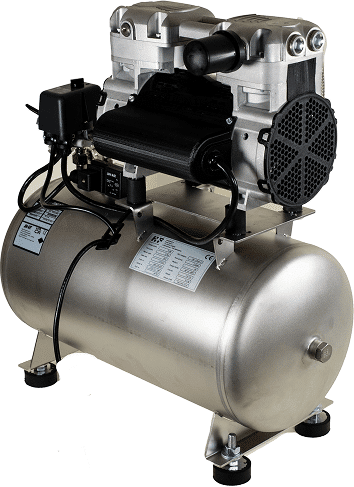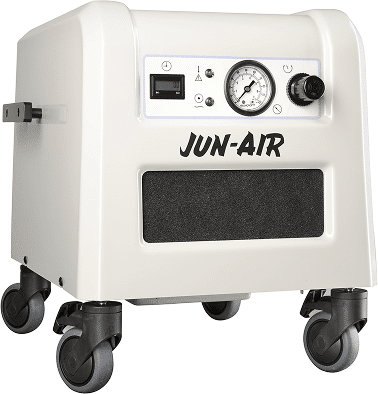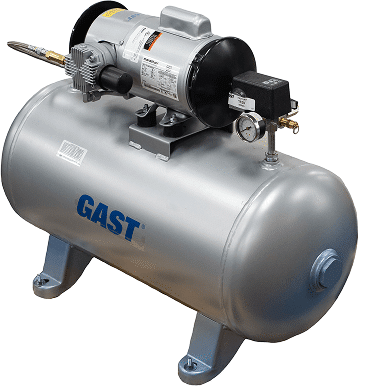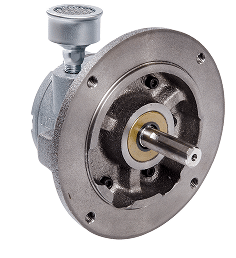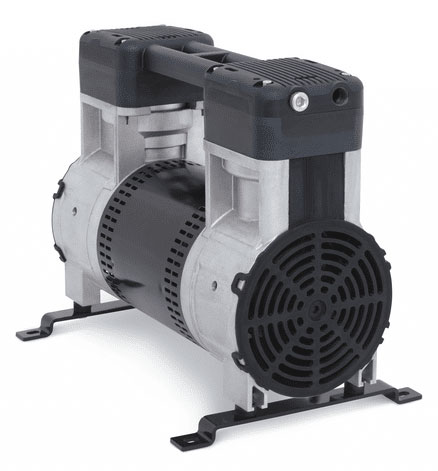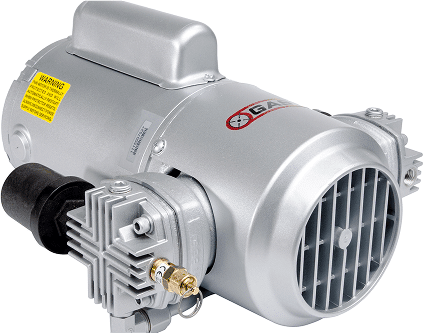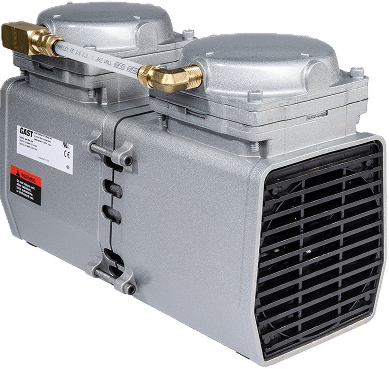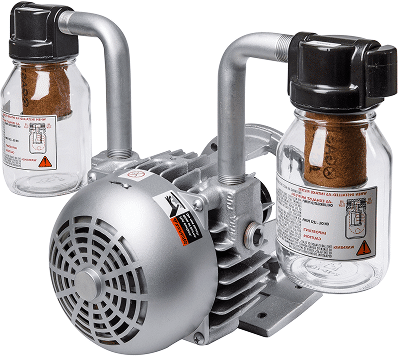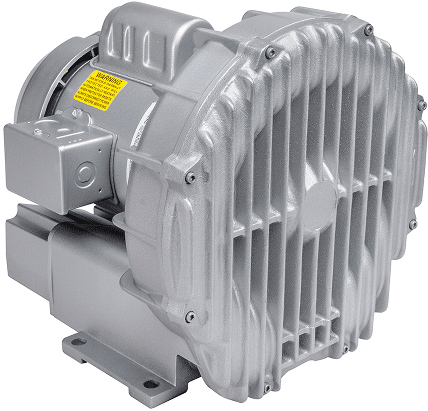Find Your Fit
Search and pinpoint the perfect pneumatic product for your project.
Air Motors
Blowers
Parts & FAQ
Extend the life of your Gast and Jun-Air products with genuine parts—built for quality, durability, and reliability. Simplify service and boost performance with our trusted aftermarket solutions.
Find Parts
Find a Distributor
